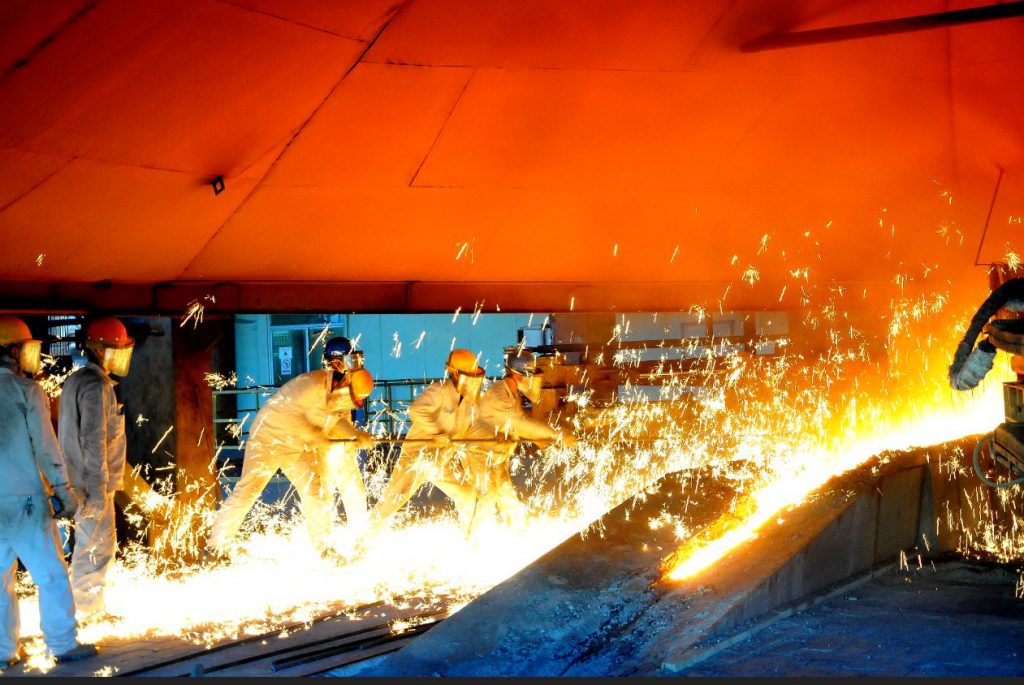
Meanwhile, primary nickel production is forecast to hit 2.6 million tonnes this year and 3.1 million tonnes next year, resulting in a projected nickel deficit of 134,000 tonnes this year and a surplus of 76,000 tonnes in 2022. (Nickel production in 2020 came in at 2.5 million tonnes for a surplus of 107,000 tonnes of the metal.)
The group cautions, however, that that there is a degree of uncertainty in its figures and warned that its estimates do not factor in possible production disruptions in China and Indonesia.
Exports of unprocessed nickel ore from Indonesia, the world’s top nickel miner, ceased in January 2020, due to a government-imposed ban. The move has meant that China has less nickel ore to feed its nickel pig iron (NPI) sector, resulting in decreased NPI production in the country.
However, INSG points to the ramp up of new NPI projects last year as well as high pressure acid leaching (HPAL) projects being developed in Indonesia and other countries, which could increase nickel output. Worldwide nickel demand has more than doubled from 1.1 million tonnes in 2000 to 2.4 million tonnes in 2020, marking an annual average growth rate of 3.8% over the last two decades, INSG says. Asia remains by far the largest market for nickel, representing around 82% of global demand. China alone accounts for almost 60% of worldwide nickel demand, up from 5.5% in 2000.
INSG also released figures from the International Stainless Steel Forum (ISSF) about global stainless steel melt shop production. The ISSF’s data is for the first half of 2021, and shows that stainless steel melt shop production increased by 24.9% year-on-year from 23.2 million tonnes in the first half of 2020 to 29.0 million tonnes in the first half of 2021.
China saw the largest increase in the first half of 2021, with year-on-year stainless steel melt shop production rising 20.8% from 13.4 million tonnes to 16.2 million tonnes. Strong growth is anticipated for the rest of 2021, despite announced possible production cuts in China, and a further increase is expected for 2022.
(This article first appeared in The Northern Miner)




